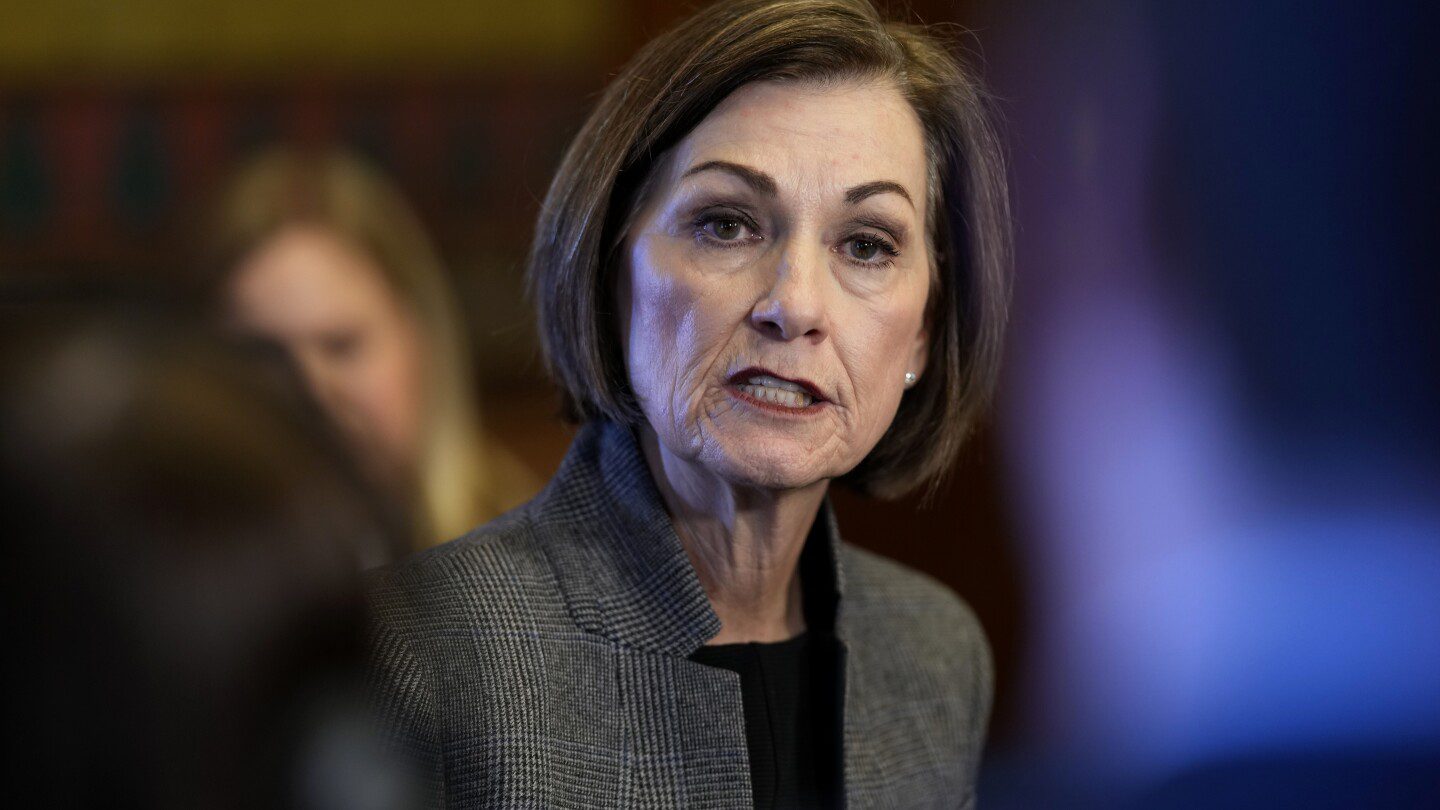
WASHINGTON — On Friday morning, the Republican-led Senate approved a $340 billion budget plan aimed at increasing funding for President Donald Trump’s initiatives in immigration enforcement, energy production, and military enhancements.
The predominantly party-line vote occurred just before 5 a.m. ET, concluding an extensive “vote-a-rama” where senators evaluated 33 amendments over ten hours. The final tally was 52-48, with Sen. Rand Paul, R-Ky., being the only Republican to align with all 47 Democrats against the budget resolution.
Senate Budget Committee Chair Lindsey Graham, R-S.C., emphasized, “If this bill does not pass, there is little hope for securing funds for border security.”
With the Senate plan now in place, it exerts pressure on the Republican-controlled House, which is set to introduce its competing budget resolution next week. Apart from funding for border security, military, and energy, the House document also proposes a $4.5 trillion tax cut and a $4 trillion increase in the debt ceiling.
Trump has endorsed the House proposal, which he describes as “one big, beautiful bill,” though GOP senators have suggested that their version may serve as a backup if the House plan falters.
Graham addressed his House colleagues, saying, “We will move forward together. If you can pass the one big, beautiful bill that makes tax cuts permanent — rather than for just four or five years — we’ll all rejoice. I would be thrilled if Speaker [Mike] Johnson could assemble the bill that President Trump desires,” before the voting began.
“I want to see it succeed, but I cannot simply sit back and lack a plan B.”
Paul, known for his fiscal conservatism, pointed out that the budget contradicts Republican claims regarding reducing expenditures.
“If we were truly fiscally conservative, why wouldn’t we redirect the savings from Elon Musk and DOGE for border assistance? Why proceed with a new bill that increases spending by $340 billion?” Paul argued on the Senate floor.
Senate regulations allow members to propose an unlimited number of amendments during this process.
Democrats aimed to hold Republicans accountable with various amendments, which the majority party consistently rejected. Many amendments focused on safeguarding programs they claim would be adversely affected by GOP cuts. One proposal from Senate Minority Leader Chuck Schumer, D-N.Y., aimed to prevent tax cuts for the wealthy in case of any reduction to Medicaid, a healthcare program for low-income citizens.
This amendment was dismissed with a vote of 49-51, with only two Republicans, Sen. Susan Collins, R-Maine, and Josh Hawley, R-Mo., supporting it.
Only one amendment succeeded. Sponsored by Sen. Dan Sullivan, R-Alaska, it sought to create “a deficit-neutral reserve fund to protect Medicare and Medicaid.” However, Democrats opposed this initiative, claiming it was merely a political cover for Republicans and could result in millions losing their coverage.
“The wording in this amendment essentially means kicking Americans off Medicaid if they don’t meet specific criteria, such as being sick enough, poor enough, or disabled enough,” remarked Sen. Ron Wyden, D-Ore., in opposition.
The budget resolution mandates Senate committees to draft legislation aligning with its objectives, which could expedite its approval by simple majority.
This legislation requests $175 billion for immigration and border enforcement, responding to the appeal from Trump administration’s border czar Tom Homan, and calls for a military expansion of $150 billion, despite Trump and Musk advocating for Pentagon cost reductions. It also directs committees to identify budget cuts to finance these initiatives.
The “budget reconciliation” method allows for sidestepping the 60-vote threshold in the Senate but restricts measures to spending and tax-related issues. Democrats have the option to challenge provisions violating the “Byrd rule” and can request the Senate parliamentarian to eliminate them.
In recent months, House and Senate Republicans have debated whether to pursue Trump’s legislative initiatives in a single reconciliation bill or split them into two.
However, Trump fully endorsed the House approach on Wednesday, using Truth Social to advocate for a “ONE BIG BEAUTIFUL BILL” and urged the Senate to reconsider their dual-bill strategy. The House proposal entails a comprehensive package covering border enforcement, energy expansion, and the renewal of the expiring Trump tax cuts from 2017.
In contrast, the Senate’s plan will be narrower and does not incorporate the renewal of the tax cuts central to Trump’s first term. Instead, Republican senators indicated that those tax cuts could be proposed in a subsequent reconciliation package this year.
If the House and Senate can synchronize and pass an identical budget resolution, it would mark just the beginning of a lengthy and intricate legislative journey. While conservatives in the House demand significant spending reductions, moderate Republicans are growing uneasy about potential Medicaid cuts.
“The budget resolution is just the initial step. The real challenge begins when it’s time to assemble the bill and determine funding sources,” stated Sen. John Kennedy, R-La., a member of the Budget and Appropriations committees. “I can confidently predict that a reconciliation bill won’t pass in either chamber without significant cuts to spending.”
Vice President JD Vance mentioned a recent meeting with senators and expressed belief that Congress is “on track” to pass a reconciliation package by May or June, although he acknowledged the ambitious nature of that timeline.
“The President understands the complexities of Washington better now. I spoke to him recently, and he remarked that it’s quite rare to finalize two reconciliation bills in the same Congress, which is why he believes we should focus on that one big beautiful bill,” Vance shared during a conference appearance on Thursday.
“It’s early yet; these processes take time,” he added. “If we were to pursue a record-speed reconciliation bill, we could potentially finish it by May or June. I believe we’re on the right path for that.”









